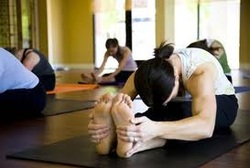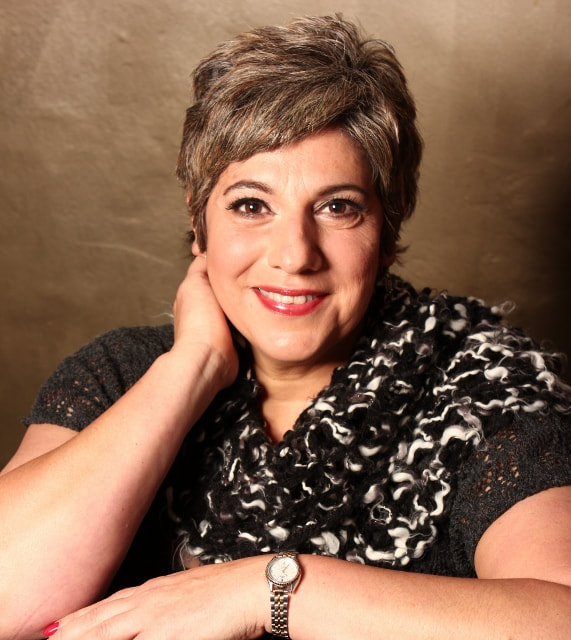 Your Internal Knitting: Muscles, tendons, ligaments and muscle's facsia Connective tissues include a variety of cell groups that specialize in binding our anatomy into a cohesive whole. It is the most abundant tissue in the body, forming an intricate mesh that connects all our body parts and compartmentalizes them into discrete bundles of anatomical structure—bones, muscles, organs, etc. Almost every yoga asana exercises and improves the cellular quality of this varied and vital tissue, which transmits movement and provides our muscles with lubricants and healing agents. The three types of connective tissue more important for flexibility are: tendons, ligaments, and muscle fascia. Tendons transmit force by connecting bones to muscle. They are relatively stiff. If they weren't, fine motor coordination like playing piano or performing eye surgery would be impossible. While tendons have enormous tensile strength, they have very little tolerance to stretching. Beyond a 4 percent stretch, tendons can tear or lengthen beyond their ability to recoil, leaving us with lax and less responsive muscle-to-bone connections. Ligaments can safely stretch a bit more than tendons—but not much. Ligaments bind bone to bone inside joint capsules. They play a useful role in limiting flexibility, and it is generally recommended that you avoid stretching them. Stretching ligaments can destabilize joints, compromising their efficiency and increasing your likelihood of injury. Muscle fascia is the third connective tissue that affects flexibility, and by far the most important. Fascia makes up as much as 30 percent of a muscle's total mass, and, according to studies cited in Science of Flexibility, it accounts for approximately 41 percent of a muscle's total resistance to movement. Fascia is the stuff that separates individual muscle fibers and bundles them into working units, providing structure and transmitting force. Many of the benefits derived from stretching—joint lubrication, improved healing, better circulation, and enhanced mobility—are related to the healthy stimulation of fascia. Of all the structural components of your body which limit your flexibility, it is the only one that you can stretch safely. Anatomist David Coulter, author of Anatomy of Hatha Yoga, reflects this in his description of the asanas as "a careful tending to your internal knitting." For that reason is so important to don’t push you to stretch further but allowing you to go deeper into the posture at your own pace. You're getting to know the posture and getting comfortable with it. Perhaps you even feel like a timelessly serene statue as you hold the posture for several minutes. In this kind of practice, you're maintaining the posture long enough to affect the plastic quality of your connective tissues. Prolonged stretches like this can produce healthful, permanent changes in the quality of the fascia that binds your muscles. Stretches should be held 90 to 120 seconds to change the "ground substance" of connective tissue. Ground substance is the nonfibrous, gel-like binding agent in which fibrous connective tissues like collagen and elastin are embedded. Ground substance stabilizes and lubricates connective tissue. And it is commonly believed that restrictions in this substance can limit flexibility, especially as we age. Comments are closed.
|
Claudia Gutierrez
Physical Therapist Yoga Teacher Fitness Instructor Life Coach Dreamer... [email protected] Categories
All
Yoga Fitness BlogI am Claudia Gutierrez, owner of Yoga Fitness, originally from Argentina and proudly Irish Citizen since 2012. Archives
November 2021
|

 RSS Feed
RSS Feed
